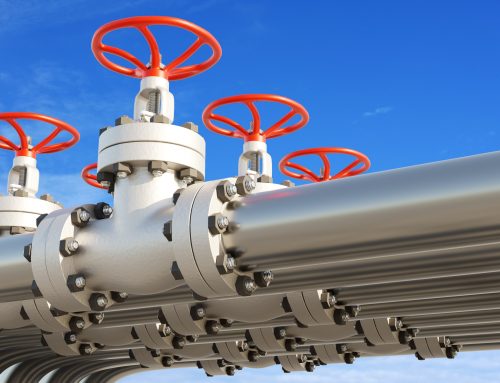Growth rates for the euro area and the EU beat expectations last year as the transition from economic recovery to expansion continues. The euro area and EU economies are both estimated to have grown by 2.4% in 2017, the fastest pace in a decade.
This robust performance is set to continue in 2018 and 2019 with growth of 2.3% and 2.0% respectively in both the euro area and EU.
Valdis Dombrovskis, Vice-President for the Euro and Social Dialogue, also in charge of Financial Stability, Financial Services and Capital Markets Union, said: “The European economy is outperforming expectations and the robust growth is set to continue into next year. We should continue our work on ensuring that the benefits of this growth are felt by all Europeans. We should use this time to make our economies more resilient and deepen the Economic and Monetary Union.”
Pierre Moscovici, Commissioner for Economic and Financial Affairs, Taxation and Customs, said: “Europe’s economy has entered 2018 in robust health. The euro area is enjoying growth rates not seen since before the financial crisis. Unemployment and deficits continue to fall and investment is at last rising in a meaningful way. Economic growth is also more balanced than it was a decade ago – and provided we pursue smart structural reforms and responsible fiscal policies – it can also be more durable. This window of opportunity to reform will not remain open forever: the moment to take the necessary ambitious decisions to strengthen the Economic and Monetary Union is now.”
Growth is likely to remain solid
The 2.4% GDP growth now estimated for 2017 is above November’s Autumn Economic Forecast projections of 2.2% for the euro area and 2.3% for the EU. The growth forecasts for 2018 and 2019 have also been raised since November for both the euro area and EU economies: from 2.1% to 2.3% for this year and from 1.9% to 2.0% for 2019. This is a result of both stronger cyclical momentum in Europe, where labour markets continue to improve and economic sentiment is particularly high, and a stronger than expected pick-up in global economic activity and trade.
Strong demand, high capacity utilisation and supportive financing conditions are set to favour investment over the forecast horizon.
Inflation outlook remains subdued
Core inflation, which excludes volatile energy and unprocessed food prices, is expected to stay subdued as labour market slack recedes only slowly and wage pressures remain contained. Headline inflation will continue to reflect the significant influence of energy prices and is forecast to rise modestly. Inflation in the euro area reached 1.5% in 2017. It is forecast to remain at 1.5% in 2018 and to increase to 1.6% in 2019.
Risks are balanced, with upside risks in the short term
Risks to this growth forecast remain broadly balanced. Economic growth could exceed expectations in the short term as indicated by the high level of sentiment. In the medium term, high global asset prices could be vulnerable to a re-assessment of risks and fundamentals. Downside risks related to the uncertain outcome of the Brexit negotiations remain, as do those associated with geopolitical tensions and a shift towards more inward looking and protectionist policies.
For the UK, a purely technical assumption for 2019
Given the ongoing negotiations on the terms of the UK withdrawal from the EU, our projections for 2019 are based on a purely technical assumption of status quo in terms of trading relations between the EU27 and the UK. This is for forecasting purposes only and has no bearing on the talks underway in the context of the Article 50 process.




